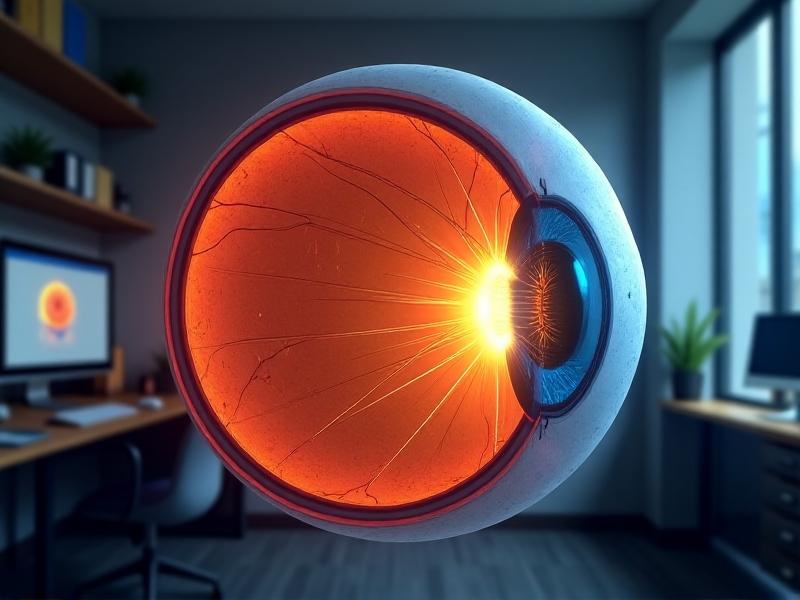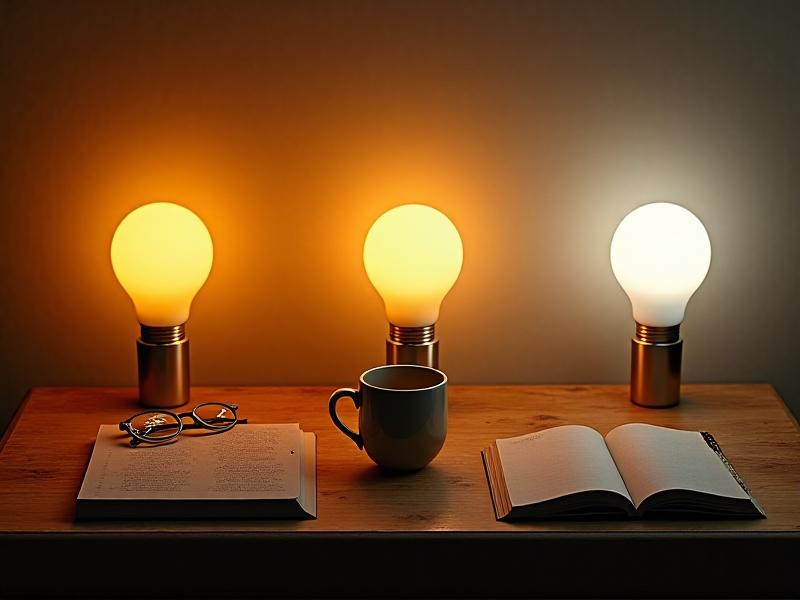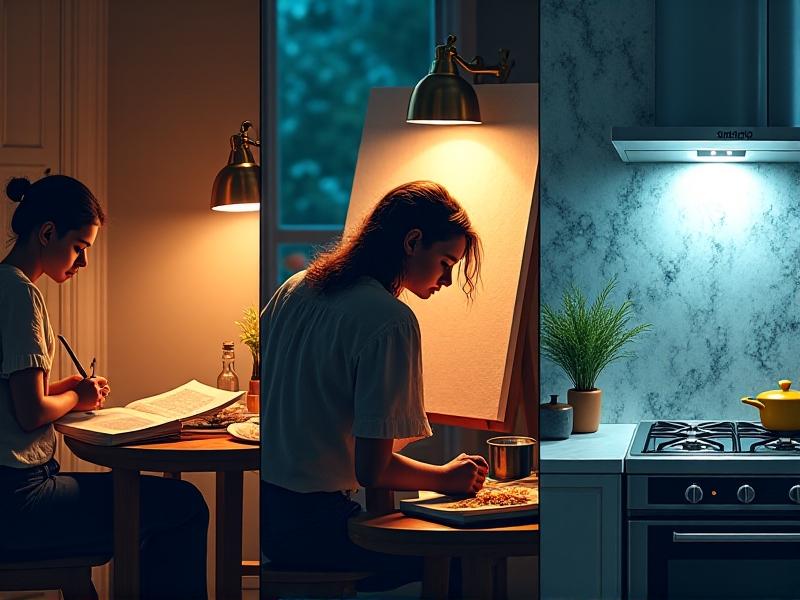```html
The Science Behind Light and Eye Strain
Lighting plays a pivotal role in visual comfort, yet improper positioning or intensity can lead to eye strain, headaches, and long-term vision issues. The human eye adapts to varying light levels through pupil dilation and retinal adjustments, but inconsistent or harsh lighting forces these mechanisms to work overtime. Glare—whether direct (from bright sources) or reflected (off screens or surfaces)—creates visual noise, forcing the eyes to constantly refocus. Similarly, low light levels cause pupils to dilate excessively, reducing depth perception and clarity. By understanding how light interacts with biological processes, we can design environments that minimize strain and enhance productivity.

Types of Light Sources and Their Ergonomics
Not all light sources are created equal. Incandescent bulbs emit warm, diffuse light but lack energy efficiency and directional control. LEDs offer versatility with adjustable color temperatures (2700K–6500K) and dimming capabilities, making them ideal for task lighting. Fluorescent tubes, though bright, often produce flicker and cool tones that clash with natural daylight. Natural light remains the gold standard but requires diffusion to prevent glare. Each source has unique ergonomic considerations: LEDs should be positioned to avoid blue-light dominance, while overhead fluorescents need diffusers to soften their intensity. Layering multiple sources—ambient, task, and accent—creates a balanced environment that adapts to varying needs.

Optimal Positioning for Desk and Workspaces
Desk lighting requires precision. The ideal setup places task lights 12–24 inches above the work surface, angled to illuminate documents or keyboards without casting shadows. For computer users, bias lighting—a soft backlight behind the monitor—reduces screen contrast and prevents pupil fatigue. Avoid placing overhead lights directly above seating areas; instead, position them slightly behind or to the side to minimize glare on screens. Adjustable arm lamps with diffusers allow users to customize angles and intensity, while monitor-mounted lights provide even illumination for video calls. Remember: the light should follow the eye’s natural path, not compete with it.

Task-Specific Lighting Strategies
Different activities demand tailored lighting solutions. Reading benefits from warm (3000K–3500K), focused light positioned over the shoulder to avoid page glare. Craftwork or detailed tasks require brighter (4000K–5000K), shadow-free illumination—think ring lights or under-cabinet LEDs. In kitchens, layered lighting combines overhead ambient lights with under-cabinet task lights and pendant fixtures over islands. For screen-heavy work, ambient lighting should match the monitor’s brightness to prevent retinal stress. Dimmable controls and smart bulbs enable seamless transitions between tasks, while motion-activated lights in hallways reduce abrupt adjustments when moving between rooms.

Adapting Lighting for Home vs. Office Environments
Home offices often lack the structured lighting of corporate spaces, leading to ad-hoc setups that strain the eyes. In residential settings, prioritize adjustable fixtures like floor lamps with swing arms and smart bulbs that sync with circadian rhythms. Open-plan areas benefit from zoned lighting controlled via dimmer switches. Corporate environments should integrate indirect lighting—such as cove or pendant fixtures—to reduce overhead glare. Conference rooms require even, diffused light to prevent video call shadows, while collaborative spaces use color-tunable LEDs to stimulate creativity. Both settings demand anti-glare treatments on screens and windows, plus regular breaks to reset visual focus.
Innovations in Lighting Technology for Ergonomic Design
Emerging technologies are revolutionizing ergonomic lighting. Human-centric LEDs mimic natural daylight cycles, shifting from cool to warm tones to align with circadian rhythms. Smart sensors adjust brightness based on ambient light and user presence, reducing manual interventions. OLED panels provide glare-free, uniform illumination ideal for vertical surfaces. Blue-light-filtering coatings on bulbs and screens mitigate digital eye strain, while UV-free LEDs preserve artwork and materials. Virtual reality tools now simulate lighting setups before installation, allowing users to test configurations in a digital twin of their space. As these innovations mature, they promise to make eye-friendly lighting intuitive and accessible.




